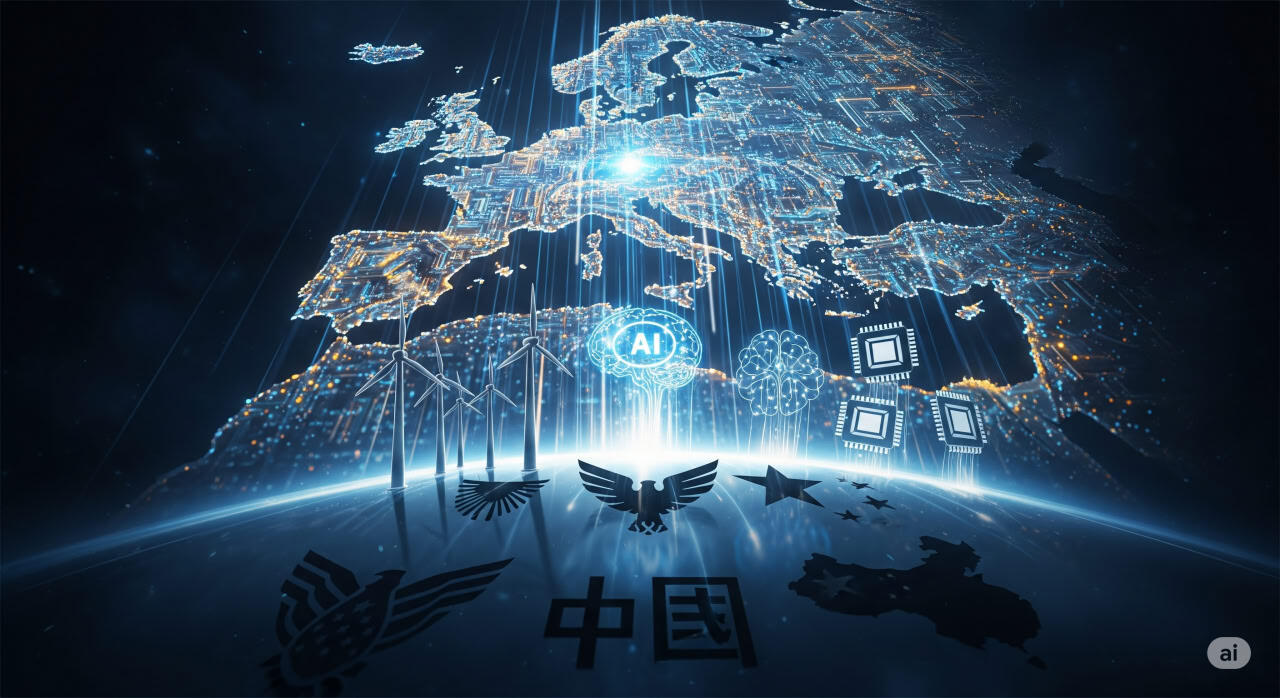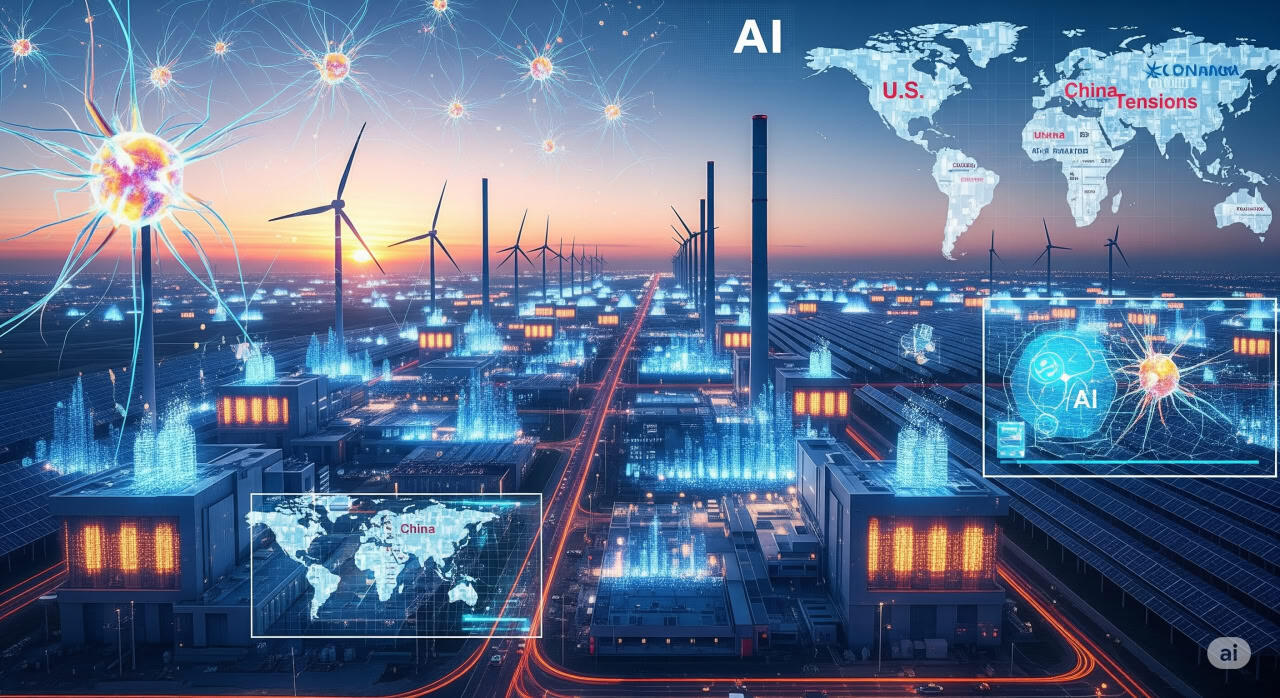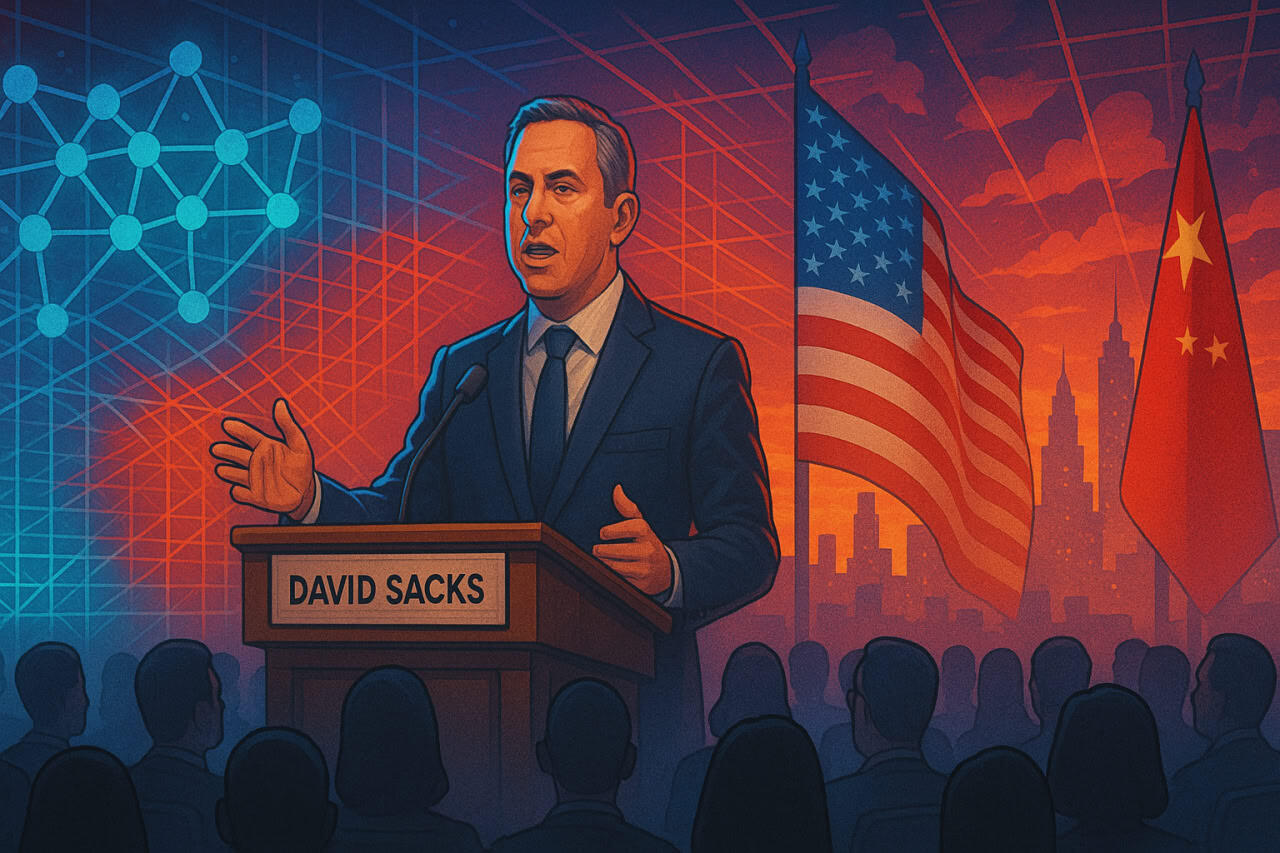How 0.2nm Chips Will Redefine AI, Phones, and Power

A Silicon Valley Dispatch: Moore’s Law Isn’t Dead Yet
In the heart of Silicon Valley, where ambition hums like electricity and innovation is the local currency, I stood outside Stanford University, marveling at a truth most people overlook: Moore’s Law, that decades-old prediction that the number of transistors on a chip doubles every two years, is far from dead. Declared deceased more than 20 times, it’s the rock star of tech—resilient, defiant, and still headlining the show. But what does this relentless march of miniaturization mean for you, me, and the tech giants like NVIDIA, Google, and Apple? Why should we care about transistors so small they make a grain of dust look like a skyscraper? The answer lies in a future unfolding faster than most of us can grasp—a future where chips measuring 0.2 nanometers by 2037 will redefine how we live, work, and wield power.
This isn’t just about faster phones or shinier gadgets. The race to shrink transistors—the nanoscopic switches that power everything from your iPhone to ChatGPT—is a high-stakes geopolitical and economic battle. It’s about who controls the digital arteries of the 21st century. And right now, the stage is set for a seismic shift, one that could either democratize technology or deepen global divides. Let’s dive into this brave new world, step by nanoscopic step, and unpack what’s coming—and why it matters.
The Transistor: The Unsung Hero of Our Digital Age
Imagine a switch so tiny it could fit on the head of a pin—billions of times over. That’s a transistor, the beating heart of every digital device. For 50 years, these microscopic marvels have driven the tech revolution, flipping on and off billions of times per second to process the data that fuels our lives. Your laptop, your smartwatch, the AI that recommends your next Netflix binge—all of it runs on transistors. But here’s the kicker: the smaller they get, the more powerful they become. And we’re on the cusp of making them really small.
Back in the early 2000s, transistors were clunky, 2D structures called Planar transistors—simple, flat, and limited. Engineers hit a wall when shrinking them further caused current leaks, like a faucet you couldn’t quite turn off. Enter FinFET, a game-changer that flipped the transistor into a 3D “shark fin” structure, allowing better control and denser packing. It was a revolution when I was cutting my teeth in chip design a decade ago, and it powered the likes of AMD GPUs and Apple Silicon. But even FinFET has its limits, and we’re brushing up against them now.
The Next Leap: Gate-All-Around and Backside Power
Enter the gate-all-around (GAA) transistor, or nanosheet, the next big thing set to hit chips by late 2025. Picture a FinFET laid on its side, with the gate wrapping around all four sides of the channel, like a blanket snugly tucking in the current. This design offers unprecedented control, letting us cram 300 million transistors per square millimeter—50% more than the 200 million in today’s 3nm chips. TSMC, the Taiwanese titan that manufactures chips for the world, is already gearing up to roll out GAA for AMD and Apple.
But the real genius lies in a subtle yet radical innovation: backside power delivery. Until now, chips have been like poorly planned cities, with power and signal wires crammed into the “ceiling” of the chip, clogging up space. Backside power delivery flips this, routing power through the “floor,” freeing up room for the logic gates that do the heavy lifting. It’s like rewiring a house from scratch—messy, expensive, but transformative. TSMC and Intel are in a heated race to perfect this, and by 2026, it’ll power everything from your phone to the AI systems running global markets.
Why does this matter? Because it’s not just about speed. It’s about efficiency, scale, and cost. Smaller, denser chips mean more computing power in less space, which translates to cheaper devices and more accessible AI. But there’s a catch: the complexity is driving up manufacturing costs, and those costs could ripple through to consumers. Are we ready to pay more for the next iPhone or AI subscription? And who gets left behind if prices soar?
The Ångström Era: A New Frontier
By 2037, we’re projected to hit 0.2 nanometers—or 2 Ångströms, a scale so small it’s measured in atoms. This is where things get wild. The IMEC roadmap, crafted by the unsung heroes of chip innovation in Belgium, predicts we’ll need a new architecture: CFET, or complementary FET. Imagine stacking GAA transistors vertically, like a silicon skyscraper. This isn’t just about saving space; it’s about rewriting the physics of computing. CFET could unlock single-Ångström dimensions, pushing us into uncharted territory.
But here’s where it gets dicey. At these scales, we’re not just shrinking silicon—we’re abandoning it. Enter 2D materials like molybdenum disulfide (MoS2) and tungsten disulfide (WS2), which are one atom thick. These materials promise blazing speed and low power consumption, potentially dropping voltage from 0.7 volts to 0.5 or less. That’s a game-changer for energy-hungry AI data centers. But building them at scale? It’s like constructing a cathedral out of tissue paper. A single misalignment could shatter the fragile layers, and manufacturing at Ångström precision is a nightmare.
Then there’s graphene-based carbon nanotubes (CNTs), another contender for the post-silicon era. They’re fast and efficient but leak power when idle—a dealbreaker for battery life. The solution? CMOS 2.0, a “sandwich” approach where chips are layered with different materials for different tasks—one for AI, another for graphics. It’s a bold vision, but it’s years away from reality. Are we betting too much on unproven tech? Or is this the leap that keeps Moore’s Law alive?
The Memory Bottleneck and AI’s Hunger
While transistors steal the spotlight, memory is the silent bottleneck threatening to derail progress. SRAM, the cache memory on chips, doesn’t scale well with new architectures like GAA. It’s eating up more chip space with each generation, like a greedy tenant. CFET offers hope, with its vertical stacking aligning perfectly with SRAM’s layout, but it’s not a cure-all. DRAM (working memory) and NAND (storage) are also lagging, with 3D stacking helping but not enough.
This matters because AI is ravenous for memory. While compute power doubles every seven months, memory improvements crawl at 1.4 times a year. This gap—the “memory wall”—is choking AI’s potential. Think of it like a chef with a lightning-fast stove but a fridge that takes forever to open. For AI to deliver on its promises—self-driving cars, real-time language translation, climate modeling—we need to fix memory. Fast.
Geopolitics and the Chip Wars
This isn’t just a tech story; it’s a geopolitical saga. TSMC dominates chip manufacturing, producing 90% of the world’s advanced chips. But its location in Taiwan, a geopolitical hotspot, makes it a potential flashpoint. If tensions between China and the West escalate, the global chip supply could grind to a halt. Intel and Samsung are investing billions to catch up, but they’re years behind. Meanwhile, ASML, the Dutch company making the EUV lithography machines that print these tiny features, is a linchpin. Without ASML’s High NA EUV tools, with their 0.55 numerical aperture, we can’t hit 0.2nm. One company, one machine, one point of failure.
Then there’s IMEC, the nonprofit research hub driving these breakthroughs. Unlike TSMC or Intel, IMEC isn’t chasing profits—it’s chasing the future. But its reliance on global collaboration raises questions. In an era of trade wars and tech bans, can innovation stay borderless? Or will nationalism choke progress?
What This Means for You
Let’s bring it home. By 2039, chips at 0.2nm could make today’s tech look like a flip phone. AI will be smarter, phones will be faster, and devices we can’t yet imagine will emerge. But the cost of this progress is steep. As chip manufacturing gets pricier, so will your devices and services. The democratization of tech—cheap smartphones, free AI tools—could stall if only the wealthy can afford the latest gadgets.
Yet there’s hope. AI, powered by these chips, is already transforming work. In 2025, over half of companies use AI, and those who master it will outpace those who don’t. This isn’t about AI replacing jobs; it’s about people using AI to replace those who don’t adapt. Whether you’re a coder, a marketer, or a startup founder, learning AI isn’t optional—it’s survival. Training programs like Outskill’s 16-hour AI bootcamp (shameless plug: free for the first 1,000 registrants) are a start. But the real challenge is staying curious, adaptable, and unafraid.
The Investment Angle: Who Wins?
For investors, the chip race is a goldmine. TSMC, ASML, and Applied Materials are the big players to watch. TSMC’s dominance is unshakable for now, but Intel and Samsung’s push for next-gen manufacturing could shake things up. ASML’s monopoly on EUV machines makes it a safe bet, while Applied Materials’ tools are the backbone of every chip fab. Complexity breeds opportunity, and semiconductors are a high-growth space. My own startup is diving into this, and let me tell you, it’s a wild ride.
But here’s the irony: as chips get smaller, the stakes get bigger. Higher costs could slow innovation or widen inequality. Are we building a future where tech lifts everyone, or just a privileged few? That’s the question we should all be asking.
The Road Ahead: A Call to Stay Awake
As I walked Stanford’s campus, surrounded by the ghosts of tech’s past and the buzz of its future, I felt both exhilarated and uneasy. The roadmap to 0.2nm is a triumph of human ingenuity, but it’s also a reminder of our fragility. A single misstep—geopolitical, technical, or economic—could derail it all. Yet the promise is too big to ignore: a world where AI solves cancer, cities run on smart grids, and creativity is amplified beyond imagination.
So, what’s your move? Will you ride this wave or watch from the shore? Moore’s Law isn’t just a tech trend; it’s a mirror of our ambition, our flaws, and our potential. Stay curious, stay bold, and maybe—just maybe—you’ll help shape what’s next.



